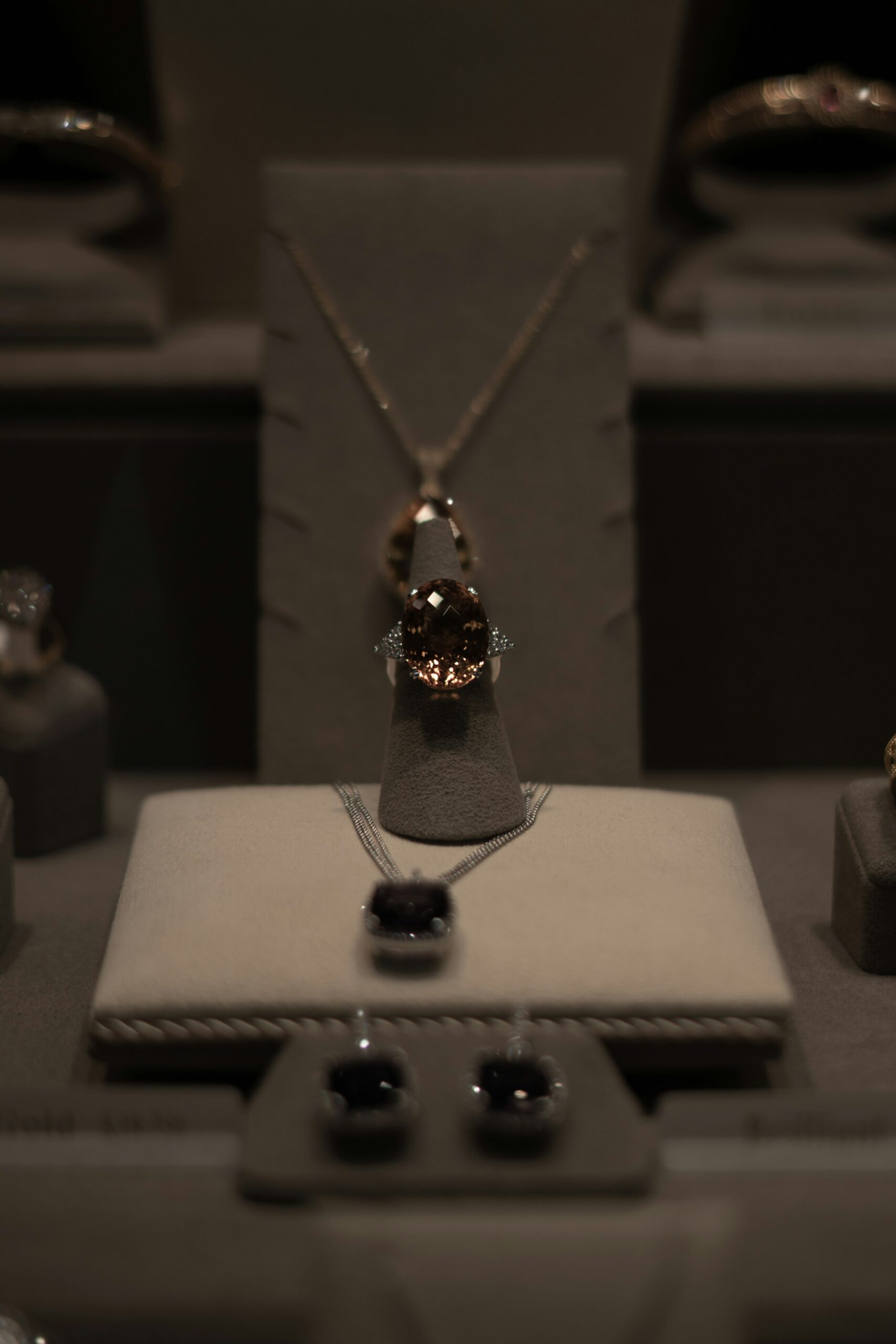We are experts on Lab-Grown diamonds. Not all Lab-Created diamonds are created equal.
HOW DO YOU GROW A DIAMOND?
The process of growing diamonds is one of the most precise and difficult manufacturing techniques that humans have ever achieved. To grow a gemstone quality diamond larger than one carat has taken man almost 60 years and development.
Diamonds can be grown in two ways. The first is called High Pressure-High Temperature (HPHT) and the second is called Chemical Vapor Deposition (CVD). Each process is best suited for certain sizes, shapes, and colours of diamonds.
You will not be able to tell the difference between a CVD and an HPHT diamond with the naked eye. Both methods can create a beautiful, sparkling diamond. Both the CVD and the HPHT method will create a real diamond that is optically, chemically and structurally identical to a mined diamond.

HPHT
The HPHT method is the original method of creating lab grown diamonds. Gem quality HPHT diamonds were introduced in the 1950s. Outside of growing diamonds, the HPHT process can also be used to enhance the colour of diamonds to make them colourless, pink, green, blue, or yellow.
HPHT diamond growth occurs within large pressure cookers called cubic presses, which can exert more than 70 metric tons. To grow a diamond in a cubic press, small diamond seeds are carefully placed into the bottom of a growth cell. A layer of additional carbon, in form of graphite, is then delicately placed on top of the diamond seeds. The growth cell is then placed into the centre of the cubic press and heated to 1,500 degrees C while being subjected to 1 million psi of pressure, which is approximately 70,000 times the pressure at sea level!
At that temperature and pressure, the graphite in the growth cell is melted into a liquid and then very carefully cooled into our favourite form of carbon, a diamond crystal.
CVD
CVD diamond production is quite different from HPHT growth in two major ways. First, the diamonds are grown in a vacuum instead of under tremendous pressure. Secondly, CVD growth requires large, flat plates of diamond instead of small seeds.
To grow a CVD diamond, diamond plates are placed into a vacuum chamber, which is carefully injected with a hydrocarbon gas such as methane, and use high power microwave energy to break down the atomic bonds of the hydrocarbon gas. This separates the carbon atoms from the hydrogen atoms, and the resulting free carbon ‘rains’ down on the diamond plates, vertically growing the diamond atom by atom, like the way snow collects on a table.

Serving the Jewelers and independent designers. We focus on independently and family owned businesses, with a no hassle, NO PRESSURE memos and USA based realtime sales and 24/7 - 365 tailored personalilzed customer service. We know your names, hours and days of operation, preffered method of communication.
With Cobra Diamonds you can focus on selling and operating your business. We focus on sourcing you the stones you need to sell.
No matter how small or big, shape, colorless or fancy color. Single stone or layouts..... Cobra Diamonds provides you with Lab-Grown solutions.
Crafting Excellence
Testimonials that Define Our Superiority

I’ve been working with Alan for years now. Alan is honest, sincere and dedicated to customer service. His prices are extremely competitive and the quality of his product is unparalleled. Although I’m constantly bombarded by solicitations from diamond vendors, Alan at Cobra Diamonds is the only place I go.
Oliver
Jewelsmith GA, Marietta, GA

We have a fantastic relationship with Alan from Cobra Diamonds. Alan is our first choice for stone sourcing. He has the best pricing, quality and selection. They are fast, thorough and friendly. Great Service!
William Travis Kukovich
William Travis Jewelry.

I will keep this simple. Alan is not only a tremendously helpful person to work with, he has become a good friend in the process. We have worked together for years now and he has continuously been a source of research, knowledge, and service when it comes to anything regarding the lab grown diamond. Give Cobra a chance. You won’t be disappointed!
Mark N.
Blueground Jewelry - Rochester, NY.
Serving retail jewelers and independent designers.
WHY LAB-GROWN DIAMONDS?
Lorem ipsum dolor sit amet, consectetur adipiscing elit. Ut elit tellus, luctus nec ullamcorper mattis, pulvinar dapibus leo.


Experienced Since 1930
Certified
CVD and HPHT diamonds are graded by an independent third party diamond grading Institutions.





